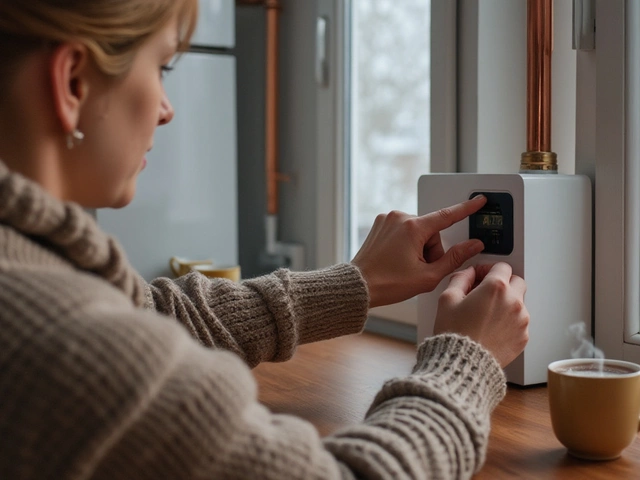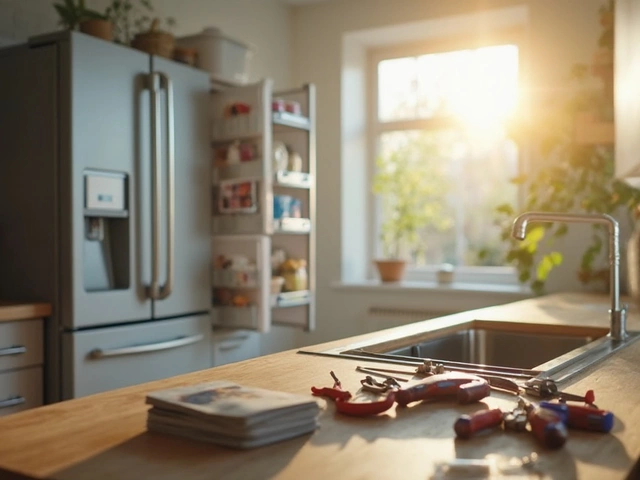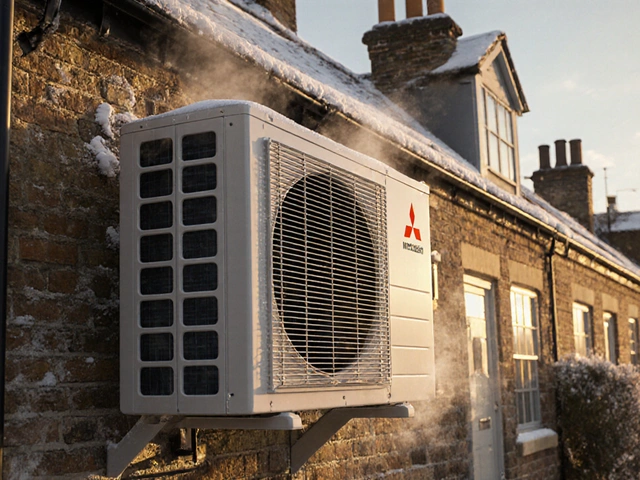If your cooker’s acting up, you’re not alone. From burners that won’t light to ovens that stay cold, the typical faults are usually easy to spot and often cheap to fix. Below you’ll find the most common reasons cookers fail and practical steps you can take before picking up the phone.
Most cooker failures boil down to three culprits: wear and tear, electrical glitches, and loose connections. Over time, heating elements on electric ovens can crack, which means the oven won’t reach the set temperature. Gas cookers often suffer from clogged burner jets or a faulty ignition electrode, causing a spark‑less flame.
Another frequent offender is the thermostat. If it’s gone bad, the oven may think it’s already hot and shut off the heat early, leaving you with undercooked meals. Finally, a loose power cord or a tripped fuse can make the whole unit appear dead, even though the internal parts are fine.
Before you call in a repair service, try these simple checks. First, ensure the cooker is properly plugged in and that the circuit breaker hasn’t tripped. Next, clean the burner jets with a thin wire or a toothpick – a quick clear‑out can restore a weak flame.
If the oven isn’t heating, locate the heating element (usually a metal coil at the bottom). Look for visible cracks or breaks. Replacing an element is a straightforward job: unscrew the old one, fit the new part, and reconnect the wires. You’ll need a screwdriver and a pair of gloves.
For thermostat issues, a multimeter can confirm whether the sensor is still functioning. If you’re not comfortable with testing electricity, it’s safer to let a qualified technician handle it – especially on gas models where a leak could be dangerous.
When you’ve tried these steps and the problem persists, it’s time to reach out to a professional. Bognor Regis Appliance Repair Experts can diagnose hidden faults, replace major components, and ensure your cooker meets safety standards. Their technicians are trained to work on both electric and gas units, so you won’t be left guessing.
Bottom line: many cooker problems are low‑cost fixes you can tackle yourself, but don’t ignore signs of a bigger issue. If the cooker still won’t heat, makes strange noises, or you smell gas, call a pro right away. A quick repair can extend the life of your cooker and keep your kitchen running smoothly.

If your cooker suddenly stopped working, it might be due to a range of reasons from electrical issues to simple user errors. Understanding the root cause is key to fixing the problem efficiently. In this article, we explore common reasons why cookers fail and offer practical troubleshooting tips to get your appliance working again. From checking the power supply to examining electrical components, we cover it all. Get your cooker back up and running with our straightforward guide.

Maintaining a boiler goes beyond just an annual check-up. Regular maintenance ensures that your heating system runs efficiently, prolonging its lifespan and saving money on repairs. This article delves into necessary care tips, signs indicating a need for professional help, and actions homeowners can take to keep their boilers in top shape. Understanding the importance of each maintenance task can help prevent unexpected breakdowns, especially during colder months.

Is your hot water heater suddenly not working? Here’s what can go wrong, how to spot the problem fast, and pro tips to get hot water back right away.

Discover what makes some refrigerator repairs more costly than others. From compressor issues to electronic faults, fixing these problems can hit your wallet hard. We'll uncover why some are pricier than others and offer tips on how to avoid them. Learn about preventive measures to save you money in the long run. This guide is a must-read for every fridge owner looking to keep repair costs at bay.

Discover the most reliable heat pump brands for UK homes in 2025, based on real repair data, warranty claims, and installer feedback. Avoid costly mistakes by choosing wisely.

Deciding between repairing and replacing a freezer can be tricky. This article guides you through evaluating repair costs, expected lifespan, and energy efficiency before making a decision. It provides practical advice to help you make an economical choice, whether to fix or replace your freezer. Learn important factors to consider, like repair frequency and environmental impact, to ensure you spend wisely.